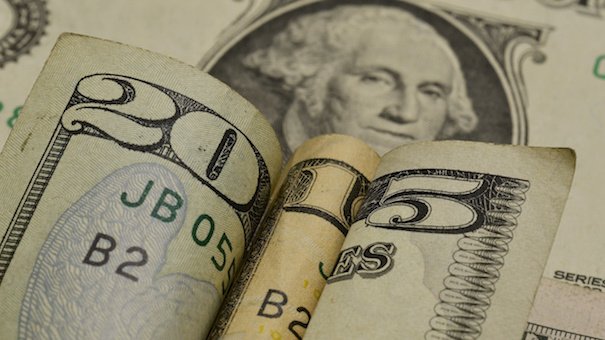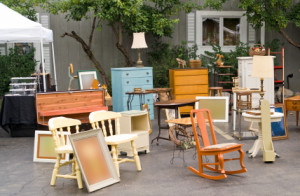 Today’s top story: Simple ways to teach your kids about money. Also in the news: Investing tips for those in their 20s, the best things about buying a house in the fall, and why you should look at frugality as a method instead of a lifestyle.
Today’s top story: Simple ways to teach your kids about money. Also in the news: Investing tips for those in their 20s, the best things about buying a house in the fall, and why you should look at frugality as a method instead of a lifestyle.
Simple Ways to Teach Your Children About Money
It’s never too early to start.
5 Investing Tips for Your 20s
Taking the longview.
The 7 Best Things About Buying a House in the Fall
Timely tax deductions.
Think of frugality as a method, not a lifestyle, to avoid wasting your time
It’s not just about saving money.




